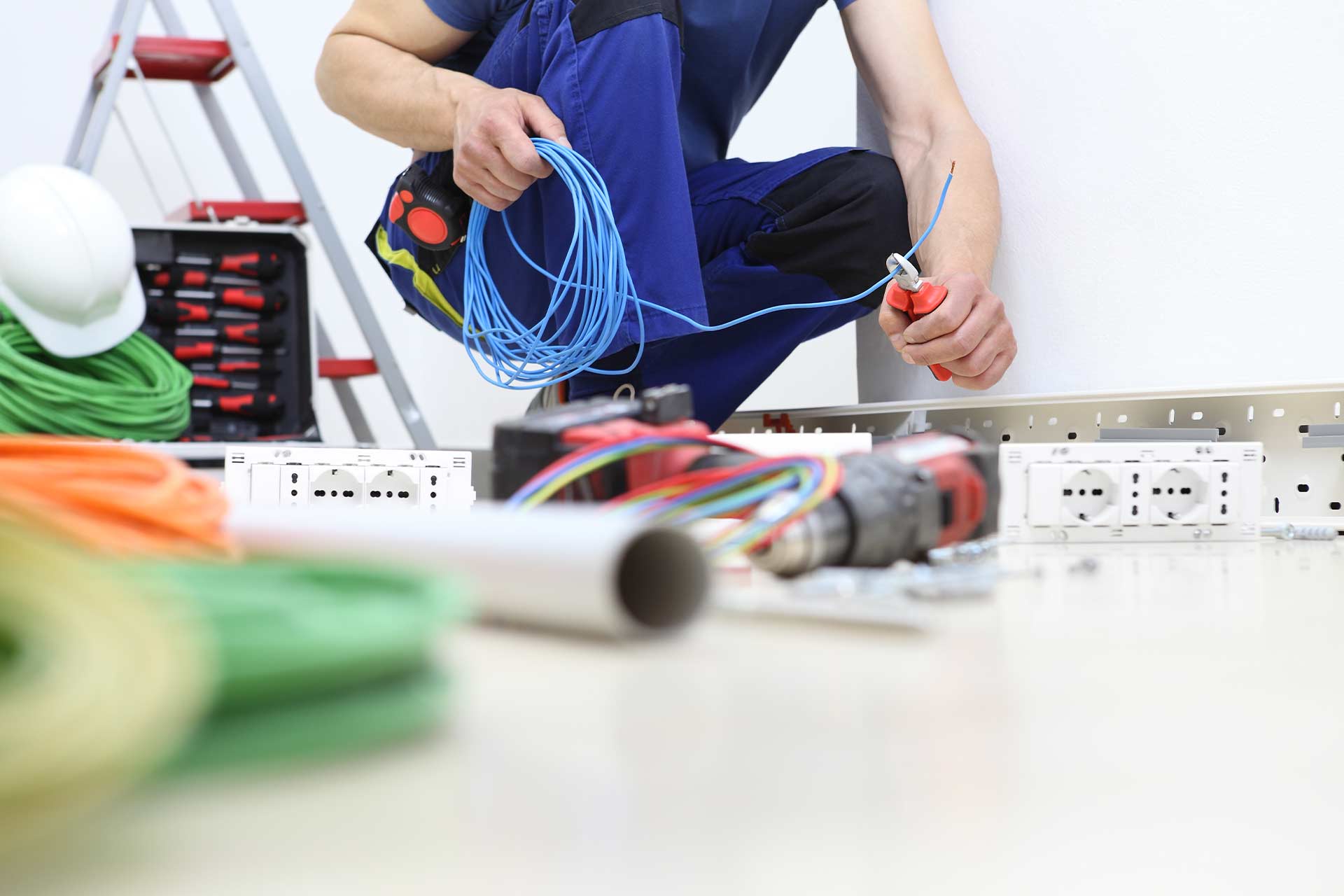Considering a Whole-Home Rewiring for an Older Home
Homes when built are fully wired with the latest electrical components available. However, homes aren’t like durable products that last maybe five or ten years at best and then get replaced. A well-built home could last anywhere from 50 to 80 years or longer without needing serious renovation. That also means the wiring in a home can become seriously outdated for today’s electrical demands in home living.
Just think about what happens with a home built in the 1950s. At that time, the greatest amount of electric load on the home’s wiring was maybe the internal lighting, a few pilot lights for the heater and stove, the television, and maybe a few gadgets. Today, that load would hardly make a blip on the meter in a modern home. However, take the same older home and try to install all the latest gadgetry and appliances in modern life, and the circuit breakers in the control panel are going to be popping every 10 minutes. The old wiring, while it will transfer power, is simply unable to safely handle the capacity needed. It was never intended to deal with what is the norm today in electrical power demand.
Used homes are sold all the time, and what buyers need to think about when purchasing a used home is not just the price of the purchase but also what’s going to be needed to bring the home up to code for modern living needs. The two biggest areas affected by this issue are the plumbing and the wiring. However, that cost pales in comparison to what can happen with bad wiring and a home fire. Prevention is always cheaper than recovery after the fact.
Signs of a Home With Wiring Problems
The most common signs of a problem with old wiring come in its failure. At first, the problems start small. Lights flickering, or taking a moment longer for things to work is a symptom. Additionally, food starting to go bad faster in the fridge can be another, as the power cuts out and allows the temperature to increase temporarily in the appliance. Warm sockets are another signal to watch out for, especially where multiple draws are on the same socket as with a power strip. Eventually, circuit breakers begin to pop with more regularity, stopping the old wiring from overloading and creating a fire risk in the home. By this point, things are starting to get serious, and it’s high time to have an electrician look over the wiring in general.
For homebuyers, a home inspection is essential. A qualified home inspector will examine the wiring and test it for today’s loads versus for what it was built for. If it fails or shows signs of weakness, then that needs to be considered in the home purchase and what it will take to bring the home up to code. If they do decide to go ahead with the purchase, one of the first things they must do is call in a Sarasota electrician, or one similar, to come and sort out the wiring before moving in so it is ready to take on these appliances.
Considering a Rewiring
A whole-home rewiring involves a top-down approach to replacing all the wiring in a home with modern components, switches, connections, and circuit breakers. The combination, installed and tested by a licensed electrician, brings a home up to current standards and is capable of dealing with the higher demand for modern appliances and gadgets. It can also involve adding more sockets for more accessible load amounts per room and home sections versus overloading one socket with everything. This also reduces the need for add-on extension wiring that people can trip on or can cause home fires exposed to traffic.
A rewiring procedure undertaken by a professional electrical contractor can also remove problematic sections and wiring that may have been damaged or is too close to the material that can catch fire. This is common with wiring running through the attic of a home that lays next to or on insulation. This is a big problem with older wiring where the covers and connections come loose and expose hot wire to surrounding material. Since the attic is not insulated, it sees a far higher swing in temperature changes by season, which affects the insulation wrap on the wiring. Replacement removes that risk entirely.
While it’s not a small project, whole-home rewiring can be a brilliant idea for prevention and long-term convenience. It removes a tremendous amount of home fire risk, and your home life will be improved significantly with a better wiring network for daily living.

